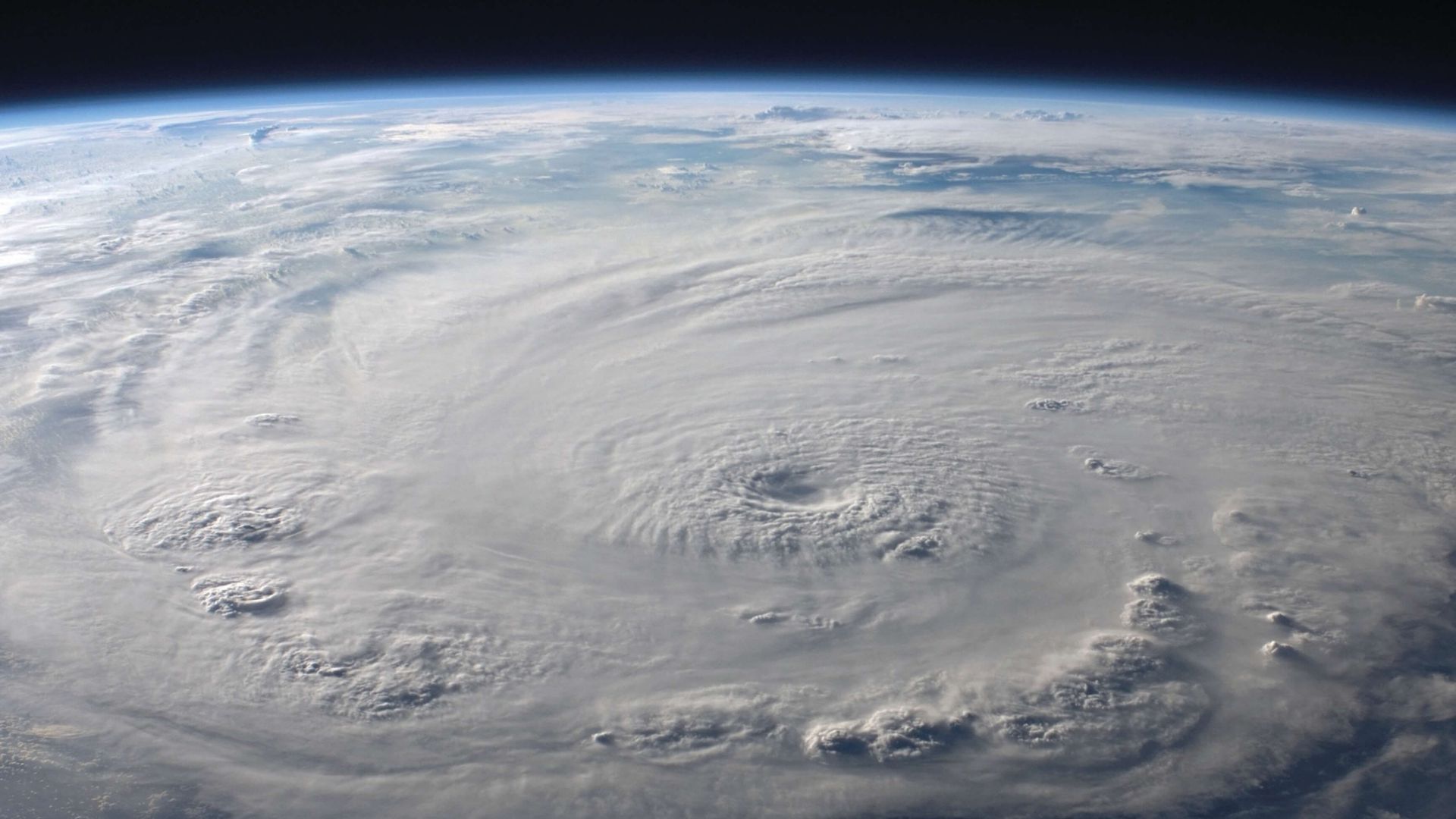Taking on the Toughest Performance
Sika roofing systems have stood the test of time in the harshest climates all over the world. The National Oceanic and Atmospheric Administration’s National Weather Service states that “a high wind event has occurred whenever sustained winds of 40 mph or more, or a peak gust of 58 mph or more, has been reported from reliable observing equipment.” A roofing system will truly be tested when it experiences multiple wind events over time in the most extreme weather conditions.
Sika roofing systems have stood the test of time in the harshest climates all over the world. Our experience with high wind roofing systems in such diverse locations as the Swiss Alps to the Florida coast provide you with the peace-of-mind that comes from working with an experienced partner.
Projects Where a High Wind System Should be Considered:
High wind events are not just limited to those buildings that are located near the coastline or in tornado prone areas. Consider the following criteria when determining if your building should have a roof system designed to resist high wind loads.
- Building height of 70 feet or taller
- Location near any large body of water (coastal or inland)
- Location within hurricane prone areas
- Building codes requiring a roof to withstand winds greater than hurricane velocity (74 mph)
- A desire for long term performance and complete security
The Sarnafil Engineered Roof System
The Sarnafil Engineered Roof System is a mechanically attached system utilizing Sika Sarnafil’s unique Sarnabar to firmly attach Sarnafil S327 polyester scrim reinforced thermoplastic membrane to the deck. The Engineered System provides design flexibility and protection against wind that no other roofing system in the industry is capable of. It is guaranteed to meet and exceed even the toughest of design criteria.
The Sarnafil Lightweight Insulated Concrete Roof System
The Sarnafil Lightweight Insulated Concrete (LWIC) Roof System utilizes Sarnafil feltback G410 fiberglass reinforced thermoplastic membrane adhered to lightweight insulated concrete. LWIC is a mixture of Portland cement, water and preformed foam. The result is a lightweight substrate with a compressive strength of 120 PSI- 300 PSI. The characteristics of LWIC make it an excellent substrate for adhering Sarnafil feltback G410 membrane, resulting in a roofing system with high wind performance characteristics. LWIC can be utilized on both new construction and reroofing applications.
RhinoBond System
Enhance wind uplift resistance while using fewer plates and fasteners with Sika Sarnafil’s RhinoBond® System. RhinoBond is an alternative attachment system for Sarnafil and Sikaplan roof membranes. The RhinoBond system eliminates membrane fastener penetration by induction welding (fusing) the membrane directly to the specially coated plates used to secure the insulation or hardboard to the deck. The result is a roofing system that uses fewer plates and fasteners while enhancing the wind uplift resistance.
High Wind Simulation
A high wind event is defined as "sustained winds of 40 mph or more, or a peak gust of 58 mph or more, has been reported from reliable observing equipment". The following video is a simulation showing just how high winds can lead to some roofing systems failing.
Downloads:
Learn about wind roofing warranties in this webinar.

